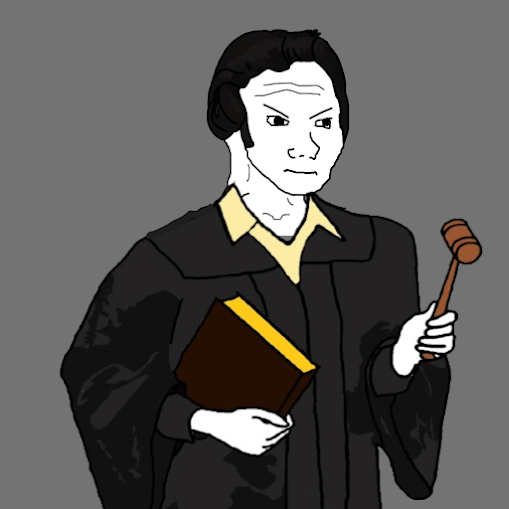See the above case? The case we will see today is the same case and the "ex-cop" is the appellant in the case. You can find the case reported here https://www.indiatoday.in/india/story/patana-terror-module-busted-pm-modi-target-india-islamic-nation-2047-pfi-1975412-2022-07-14
It's a familiar scenario: a few accused are charged under sections of the Indian Penal Code (IPC) and the Unlawful Activities (Prevention) Act (UAPA) for criminal conspiracy. The prosecution either fails to produce sufficient evidence to prove the charges or implicates individuals with only remote connections to the case. The Special Court or Trial Court rejects the bail of the accused, which is then challenged in a High Court and rejected again. Eventually, the order is challenged in the Supreme Court, which grants bail subject to certain conditions. This cycle seems endless, with few steps taken to improve the quality of prosecution in framing charges and producing evidence.
Notably, in these cases, the prosecutor is often the National Investigation Agency (NIA), which has a conviction rate of over 90%, an impressive figure. This raises an important question: Is the quality of public prosecutors generally poor, or is it the state's obsession with framing individuals that leads to charges that cannot be proven? This is a topic for another discussion. Now, let's return to the case at hand.
Facts of the Case
The case revolves around a man named Jalaluddin Khan, who owns a property called Ahmad Palace in Patna, Bihar, registered in his wife's name. The first floor of this property was allegedly used by the main accused in the original suit to further the agenda of the Popular Front of India (PFI). Police, acting on information that certain individuals were attempting to sabotage the Prime Minister's visit to the state, raided the property. During the raid, the police found objectionable documents, including "India 2047 Towards Rule of Islamic India."
The case involves three protected witnesses, one of whom claims that after Nupur Sharma's remarks on Prophet Mohammad, directions were given to trained PFI cadres to attack and kill selected targets involved in making derogatory remarks against Islam. It is important to note that the appellant was a former police constable. The charges against him include offences punishable under Sections 121, 121A, and 122 of the IPC, and Sections 13, 18, 18A, and 20 of the UAPA, which deal with terrorism charges.
Issues to Ascertain
- Was the accused really a facilitator?
- Is the accused entitled to bail?
Analysis of the Issues
Issue 1: Was the Accused a Facilitator?
To prove the charges, the prosecution presented several documents, including CCTV footage. However, the evidence was deemed insufficient, as it merely showed a normal contractual relationship between two parties, such as payment details and a rent agreement. The court observed that the prosecution's claim that the appellant attended a meeting only discussed the conditions of Muslims in India and education within the community. The prosecution also produced CCTV footage showing the appellant removing some objects before the raid, suggesting his involvement in the conspiracy, but the court found this evidence unconvincing.
Issue 2: Is the Accused Entitled to Bail?
The court relied on the judgment in National Investigation Agency v. Zahoor Ahmad Shah Watali, which established guidelines for courts to follow when applying bail limitations under the UAPA. The key points of this judgment include:
- Prima Facie True: The materials must show the accused's involvement in the offence, sufficient to establish a chain of facts unless contradicted by other evidence.
- Degree of Satisfaction at Different Stages: After charges are framed, the court must presume a strong suspicion based on the materials presented. The accused must prove that the materials do not make out reasonable grounds for believing the accusation to be prima facie true.
- Reasoning and Evidence Evaluation: The court must record a finding based on broad probabilities regarding the accused's involvement, without detailed examination of evidence.
- Material Analysis: The court must consider the totality of the material presented, not individual pieces of evidence.
- Admissibility of Documents: The court must take documents as they are, without questioning their admissibility at this stage.
The court also referenced the judgment in Thwaha Fasal v. Union of India, which stated that the court must consider whether there are reasonable grounds to believe that the accusation against the accused is prima facie true. If no such grounds exist, the accused is entitled to bail. The court is not expected to hold a mini-trial or examine the merits of the evidence at this stage.
Court's Observation and Conclusion
After applying the reasoning from the above cases and reviewing the evidence, the court noted that there was no allegation in the charge sheet that the appellant was a member of any terrorist gang. The court also observed that the Special Court and High Court did not objectively consider the material in the charge sheet, focusing more on the activities of PFI rather than the appellant's case. The court emphasized that when a case for bail is made, the courts should grant bail without hesitation, in accordance with the law. Denying bail in deserving cases would violate the rights guaranteed under Article 21 of the Constitution.
Thus, the court granted bail to the appellant, allowing the Special Court to set the conditions of bail.
Personal Opinion
In this case, it was established that the appellant knew the other accused were working for PFI. However, at that time, PFI was not designated as a terrorist organization, allowing the appellant to escape liability. This highlights the failure of lawmakers to ban PFI earlier and the prosecution's failure to present strong evidence. In my opinion, the appellant was granted bail primarily because PFI had not been designated as a terrorist organization at the time.



